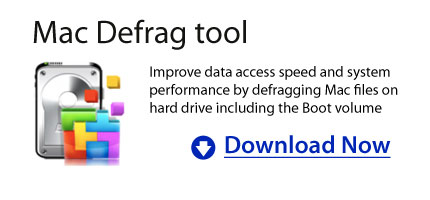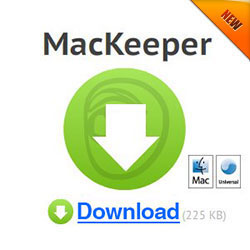Defrag Macbook: How to Do It?
April 6, 2011
When large files are created and deleted frequently chances are they become fragmented and even results to slow down of Mac performance. If this happens it’s about time to defrag Macbook and you can do this by either using third party defragging applications or doing it the manual way which is quite risky.
Defrag MacBook with Third Party Applications
The newer versions of Mac operating system has already built in routine techniques that is needed in optimizing the hard disk. It uses the HFS+ (Hierarchical File System Plus) that defrags the hard disk automatically. No matter how frequent you create and open files it has great impact to the file system performance. Once the Macbook slows down its performance then chances are this is already fragmented and even degrade the whole Mac system performance.
It is quite recommended to defrag Macbook when the operating system already slowed down. Although the Apple Company doesn’t recommend the necessary applications that will defrag the hard disk but with the wide variety of third party software you can choose which one will deal with defragging process effectively. There are several companies that offers defragmentation applications for Macbook system itself. One of the recommended tools for Mac is the iDefrag. This can be downloaded readily from the developer’s site and is offered at a price value of $35.00. But then you can try its trial version also and see what it can do to your Macbook system. This applications is quite easy to use and even scan the hard disk before determining whether you need to defrag the Mac system or not.
Once the iDefrag application is installed in the Mac, it is needed to create the boot disk with the use of CD, then boot from the disk to run the iDefrag applications. Once running it will scan the hard disk and start performing the defragging process. You can choose from the different algorithms offered by the application from Compact, Full, Quick, etc. Once the defragmentation is done, restart the Mac and you will see an improve performance afterwards.
Other Ways to Defrag Mac Disk
If you have slow down Macbook performance but don’t want to purchase third party applications to defrag the hard disk, you can try alternate ways to defrag Macbook and this can be done by:
- Backing up all the important data then installing again the Mac OS X and then install and recover all the files back to the hard disk. But doing this can take a longer process.
- Back up all the files from the hard disk to external data storage such as USB or hard disk. Then trash the files in the Mac. And then retrieve back the files from external drive back to the Macbook.
Once the Macbook is getting slow on its performance this will tell you that the Mac system is already fragmented. It is quite recommended to defrag Macbook and you can either do this manually by backing up all the files in the hard disk and reinstalling the Mac OS X and the other is installing third party applications that perform defragging process. The latter process is quite recommended way to do it.
Incoming search terms:
Defrag Mac with iDefrag Tool
March 19, 2011
Been worried about your Mac performance? Did your applications take longer to open and close or you files are quite hard to locate? All of these are causing problems in your Mac system and defragging this can be the solution. There are a lot of defragging tools that you can choose for your Mac and one of the recommended tools that are catching up on the list is the iDefrag. Want to know more about this defragging tool? Here are some features that might indulge you to try this application for your Mac system.
Over time ad you constantly update your security and replace your operating system, chances are you are also increasing the chance that your files will be fragmented. This leads not only to slow Mac performance but will clutter your hard drive disk also. The iDefrag can check for the fragmented files in your hard disk, defragment these files and optimize the overall performance of Mac system. The following features of iDefrag are the following:
iDefrag application supports both the HFS and HFS+ as well ad sensitive and journaled files systems amd even the adaptive hot file clustering. This also uses powerful defragging algorithms including Compact data where it allows you to move all the available free space into one location, enhances the filesystem metadata, defragmentation through online, even if the disk is mounted defragment whilst is still possible, programmable optimization and arranges the hard disk according to your preferences.
It is also supported with B-Tree metadata file compaction and optimization. It uses high performance user defined engine for file classification and display also the whole disk lists. It also shows graphic and detailed statistics that will help you determine when you need to optimize your disk. The Inspector tool will show all the details of individual files in the hard disk and you can easily go to specific files that you want to examine in detailed. It is also built with auto-update feature so that you will always get the latest version of the application. And it has fined grained security features and supported by AppleScript.
The new added version of iDefrag can also fixed bug problems that might cause the application to stop during the defragging process once the errors are detected. It can also fix a minor fault when resizing the iDefrag window pane and even resolve the problems when installing the codes that might fail to restart properly once the installation is done. The application requires PPC and Intel as well as Mac OS X with 10.5 versions or lower. And lastly the application is capable of thermal monitoring that will tell you the temperature of your hard drive that can cause slowed Mac system performance when it is already warm.
This time if you are considering to defrag Mac, I think it will be best to try and install iDefrag applications in your Mac system. It comes with advance features that ensures that your files are defragmented causing to speed up and improve your Mac performance in the process.


